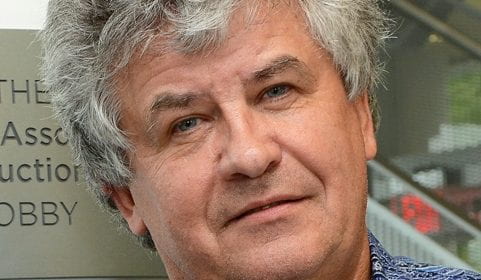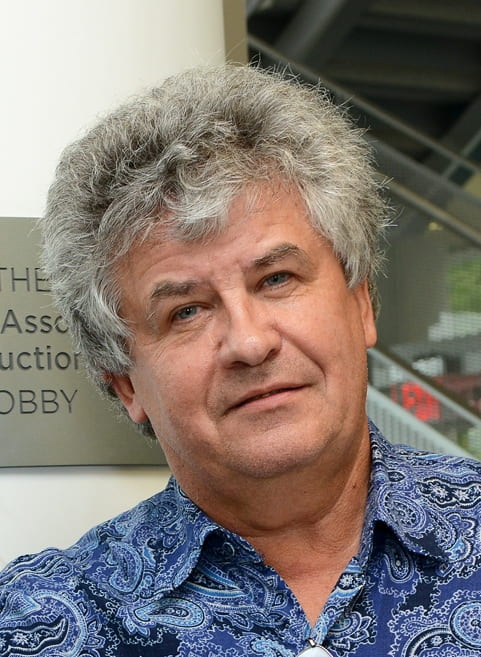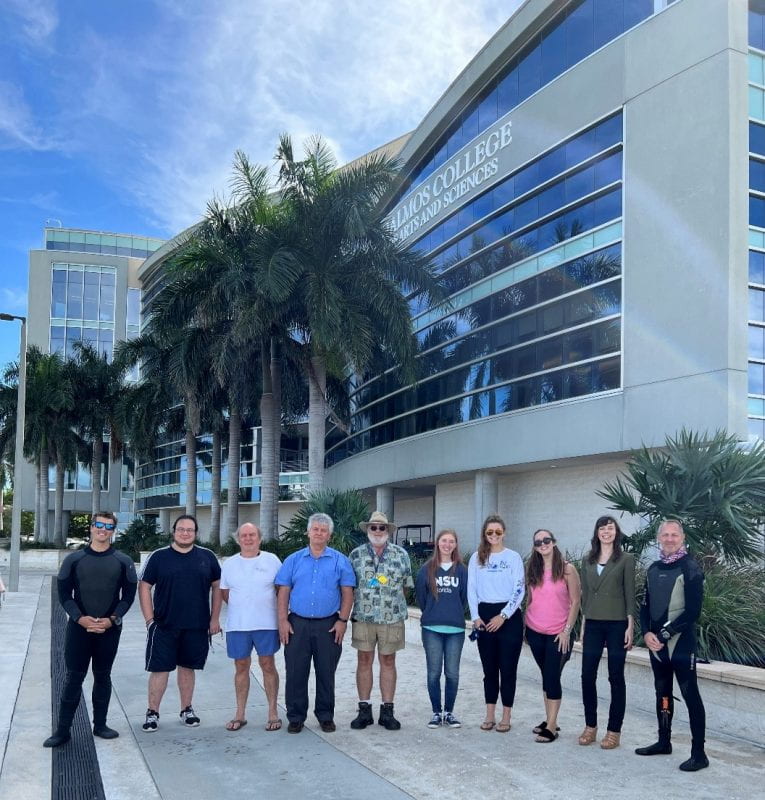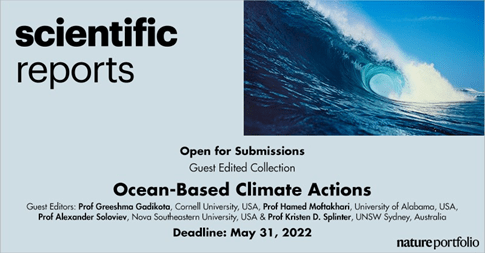$1.2M Award from DoD’s Office of Naval Research to Study and Model the Ocean Environment


Dr. Alexander Soloviev is a Professor in the Department of Marine and Environmental Sciences in NSU’s Halmos College of Arts and Sciences (HCAS). He leads the Physical Oceanography Lab, which he has led for the past 25 years, and his work was recently recognized at NSU when he won the 2021 Provost’s Research and Scholarship Award.
His newest award is a $1.2M grant from the U.S. DoD Office of Naval Research titled “NOVA Environmental Sensor Suite (NESS) Upgrades, Deployments, and Model Validation.” This work builds on past projects with the Navy and is just one of several lines of research he is presently involved in.
Tell me briefly about your recent grant-funded project.
This research, building on past projects, has led to a better understanding of the complex physical oceanographic environment including velocity, temperature, salinity, density, pressure, conductivity, and electromagnetic fields.
The theoretical and computational work resulted in the development of a prototype 3D computational fluid dynamics model. The model, utilizing data from the NOVA Environmental Sensor Suite (NESS) and the NOAA bottom topography for initialization and boundary conditions, has demonstrated a capability of predicting the submesoscale ocean circulation in a strong western boundary current such as the Florida Current. A new paper on this subject is in preparation.
What other projects is your lab involved in?
Our multidisciplinary laboratory focuses on physical oceanography and its uses in biophysical interactions in the ocean, hurricane research, synthetic aperture radar (SAR) satellite oceanography, sea surface microlayer, oil spills, and computational fluid dynamics methods. These research projects focus on both local Florida and global contexts. During these projects, the Physical Oceanography Lab is actively implementing new ocean robotic technologies and advanced computational methods.
Some recent projects include the following:
- Gulf of Mexico Research Initiative on oil spills as a part of a multi-institutional Consortium for Advanced Research on Transport of Hydrocarbon in the Environment, headquartered at the University of Miami Rosenstiel School of Marine and Atmospheric Science.
- The role of the air-sea interface in rapid intensification of hurricanes—to improve forecasting models in collaboration with the University of Hawaii, University of Miami, University of Rhode Island, and ANSYS Fluent, Inc.
- Sea surface environment studies with ocean satellites in combination with DNA methods in collaboration with NSU HCAS faculty Drs. Aurelian Tartar and Mahmood Shivji, the German Aerospace Center, and the Bedford Institute of Oceanography.
- NOAA project to study the upper ocean structure and dynamics in the Bay of Bengal in collaboration with Texas A&M University, University of Hawaii, University of Washington, and Woods Hole Oceanographic Institution.
Who is working with you on your current projects?
I have collaborations with NSU researchers in Halmos, including Drs. Aurelien Tartar and Mahmood Shivji. We also have collaborations with other researchers from the US, Germany, Canada, Israel, and the Republic of Korea.
Specifically, we work with researchers from the University of Miami, German Aerospace Center, Bedford Institute of Oceanography, Columbia University, University of Rhode Island, University of Hawaii, and others.
Our lab involves students in the research, training them in novel methods such as computational fluid dynamics, which is a very marketable skill at the moment. Currently, we have two Ph.D. students, three master’s students, one undergraduate student over the summers, and sometimes we have high school students from NSU’s University School. These students write papers that are presented at major national and international conferences and published in peer-reviewed journals. We often have students who receive job offers before they even graduate!

Soloviev lab members.
What advice do you have for other grant seekers at NSU?
Funding is now very competitive. Through participation in proposal review panels for NSF and NASA, I see great proposals that cannot be funded due to the limited funding that is available. Therefore, I recommend collaborating with other organizations in order to be successful, especially those with good grant track records.
Also, look at new directions in your area of study. These new areas have relatively less competition as compared to areas that have been investigated for the past century. Our lab is now considering an extension in one such direction.
Speaking of which, what is the next project on your agenda?
A new direction that I am excited about is marine and environmental engineering. According to the American Meteorological Society, $60B is being invested in this area of research. As an Editor of Scientific Reports/Nature.com, I am now responsible for the Special Collection of papers on Ocean-Based Climate Actions.

Special call for paper submissions on ocean-based climate actions.
Marine and environmental engineering has been my hobby for many years. One of the serious problems in the world is the shortage of freshwater: “As every day brings urgent reports of growing water shortages around the world, there is no time to lose in the search for solutions” (Siegel 2015).
With the help of NSU, we have recently patented in the US and Israel a method and system for increasing winter rains in Israel and the Levant countries (Method and Means for Soring Heat in the Sea for Local Weather Modification). In the long term, this system, which is installed a few miles offshore of the Israel coast of the Mediterranean Sea and powered by the energy of surface waves, is expected to advance agriculture in Israel and the Levant by increasing rain rates during the winter season.